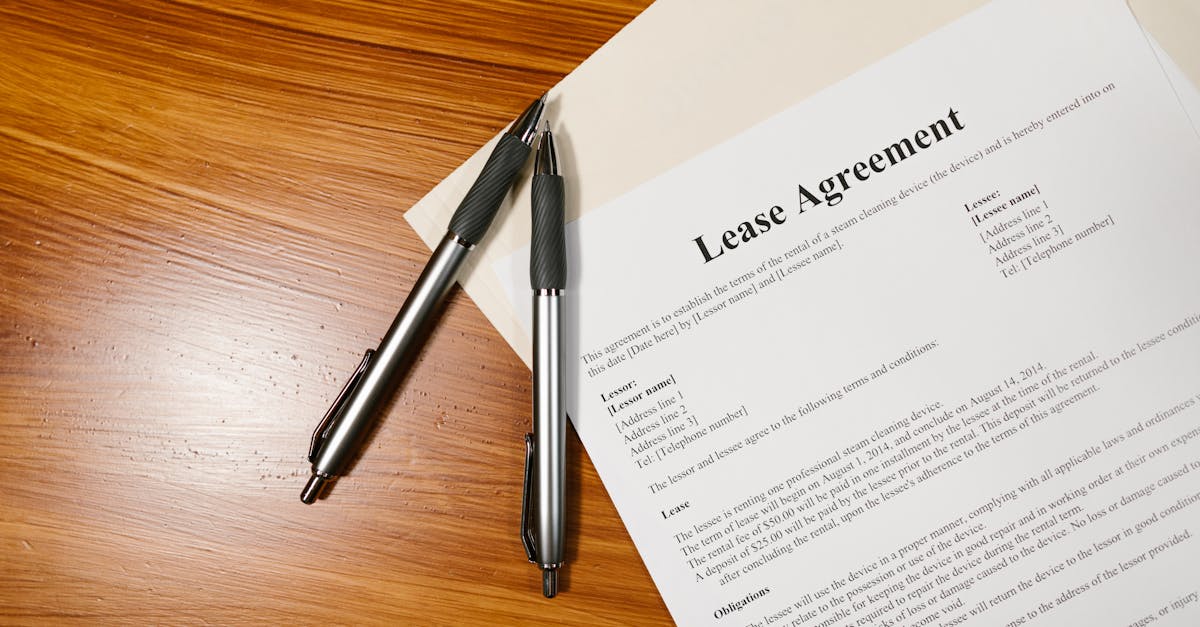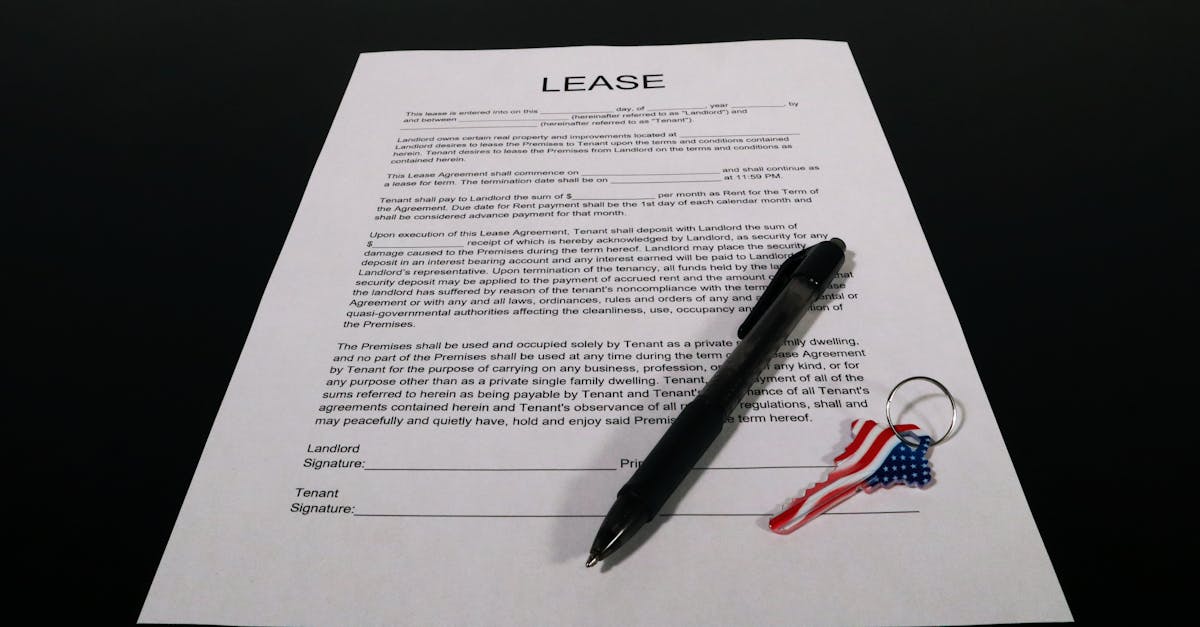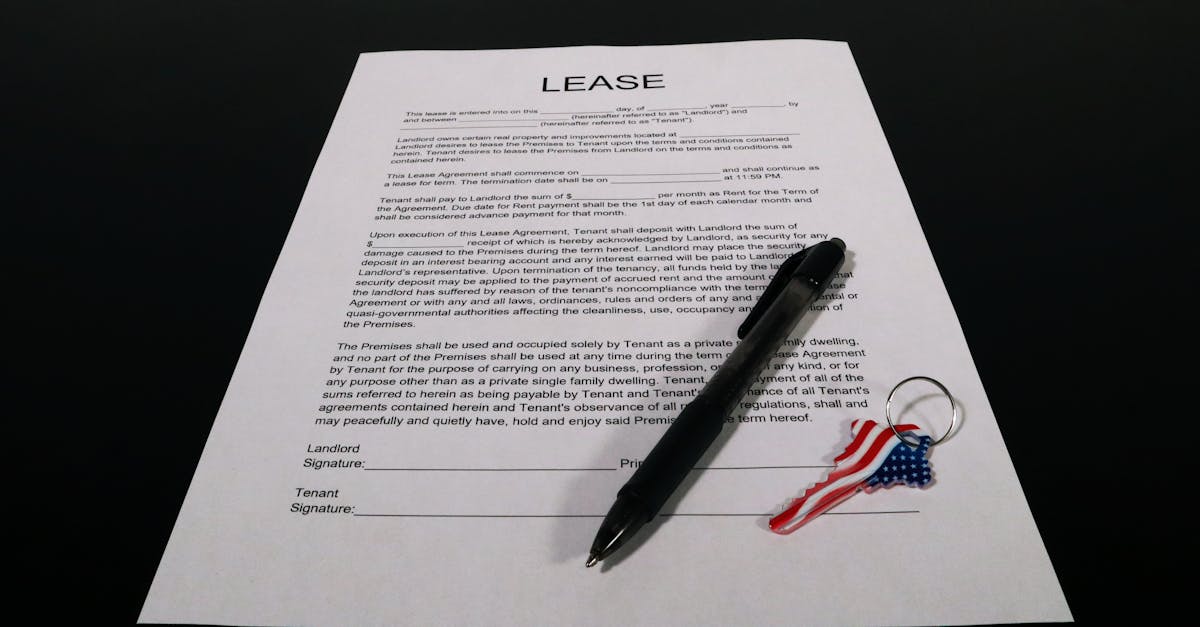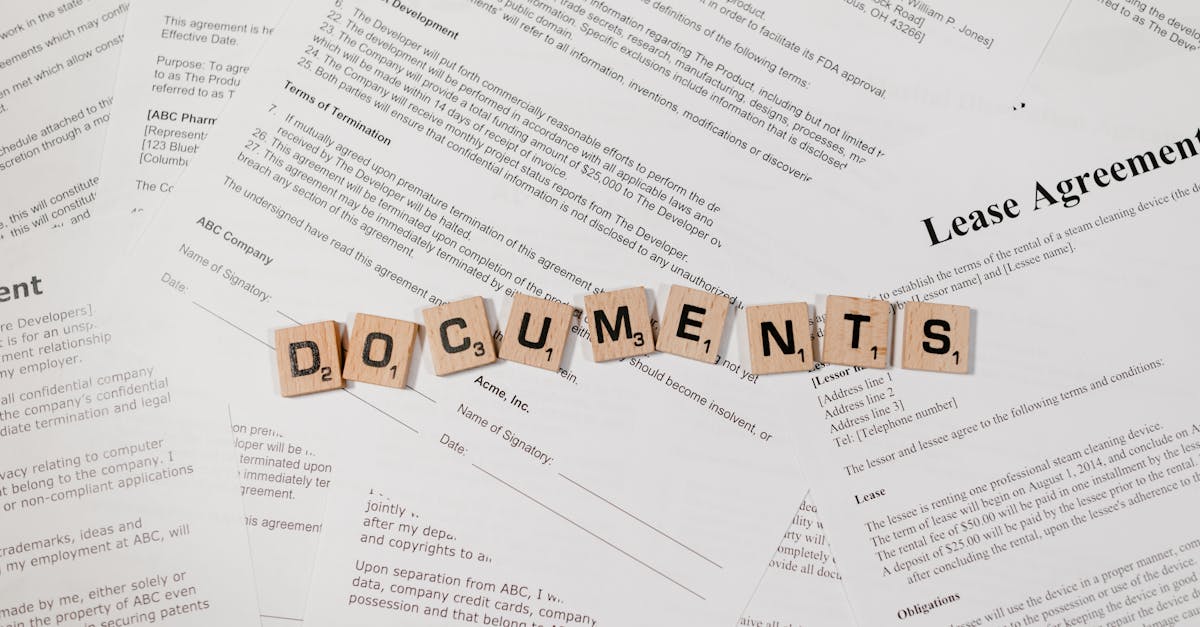
Introduction
Every late signature, inconsistent lease clause, or missed notice chips away at revenue, reliability, and legal standing. Property teams juggling multiple portfolios still fight manual data entry at move‑ins, slow payment and signature collection, and unclear proof‑of‑delivery for notices — operational bottlenecks that cause rework, disputes, and unnecessary legal exposure.
Document automation can stop the bleeding: standardize contracts, capture IDs and e-sign evidence, automate invoices and certified delivery, and preserve immutable audit trails. This article shows how to build and deploy standardized business templates, tenant onboarding forms with ID capture and payment setup, automated eviction and notice workflows that retain legal evidence, and the integrations and rollout practices that link leases to tenant records, maintenance, and accounting.
Operational bottlenecks property managers face with leases, move‑ins, and notices
Common friction points:
-
Inconsistent lease language across properties, causing legal exposure and rework.
-
Manual data entry at move‑in: duplicated tenant details, missed IDs, and slow background checks.
-
Slow signature and payment collection leading to delayed move‑ins and lost revenue.
-
Unclear notice processes and poor proof-of-delivery for legal notices.
These operational bottlenecks are exactly where good business templates and repeatable forms cut time and risk. Use standardized contract templates, a consistent invoice template for deposits and move‑in fees, and simple HR templates for onboarding staff who handle tenant intake.
If you’re evaluating options, consider formats you need: business templates word versions for editors, business templates pdf for notarized delivery, or downloadable business templates download packs for offline processing. For quick landlord-specific forms try a residential lease or month‑to‑month template to remove ambiguity early in the process.
Standardizing lease and addendum templates for multi-property portfolios
Why standardize? Standardization reduces legal risk, speeds approvals, and ensures consistent tenant expectations across properties.
Practical steps
-
Create a central clause library (mandatory clauses, optional addenda, localized provisions).
-
Keep canonical templates in editable formats (business templates word) and export signed versions as business templates pdf.
-
Use placeholders for property-specific data (rent amount, utilities, pet policies) and automate merging to avoid copy/paste errors.
-
Version control: tag templates by state and effective date so teams use the correct legal language for each jurisdiction.
Standardized contract templates and addenda make it much easier to scale a multi-property portfolio while keeping each lease legally compliant and brand-consistent.
Building tenant onboarding forms with ID capture, e-sign, and payment setup
Essential fields and flows
-
ID capture: photo upload, government ID image, and a verification status field to record completed checks.
-
E-sign: field-level signing, time‑stamped audit trail, and automatic PDF archiving.
-
Payment setup: store preferred payment method, trigger an invoice template for security deposits and first month’s rent, and enable automatic recurring charges.
Integration tips: connect onboarding forms to your tenant database so captured IDs and signed leases are attached to tenant records. Use API/webhook hooks to push payment setup to your payments provider and to generate an invoice automatically.
For many teams, a single unified onboarding form replaces disparate spreadsheets and speeds move‑ins, while keeping a clear audit trail for compliance and disputes.
Automating eviction and notice workflows while preserving audit trails and legal evidence
Design the workflow around legality and proof: automate generation of notices from pre-approved templates, schedule delivery methods (email + certified mail), and capture delivery receipts.
Key components
-
Template library: keep state-specific notice templates so you always use the correct legal language.
-
Delivery & proof: record time‑stamped e‑signatures, upload postal tracking or certified mail receipts, and capture screenshots if served in person.
-
Audit trail: immutable event logs for each notice that include who generated the notice, which template version was used, and delivery confirmations.
Use an eviction notice template tailored to your jurisdiction when initiating the process. For example, California-specific notice templates help ensure timelines and statutory language are correct and defensible in court.
Automating this flow reduces human error and preserves the exact evidence you’ll need if the matter escalates.
How to link lease templates to tenant records, maintenance requests, and accounting
Make the lease the single source of truth: assign each signed lease a unique ID that appears on the tenant record, maintenance tickets, and invoices.
Best practices
-
Data model: key fields (lease ID, tenant ID, property ID, lease dates, rent amount) should propagate to maintenance and accounting systems.
-
Maintenance: when a tenant submits a maintenance request, auto-populate contact and lease details so staff know access rights and warranty periods.
-
Accounting: generate rent charges from the lease and use an invoice template that links back to the lease ID and tenant record for reconciliation.
APIs, webhooks, and field mapping are your friends here — they keep everything synchronized so a lease change (e.g., rent increase or added occupant) updates bookings, billing, and service eligibility automatically.
Recommended Formtify templates for leases, subleases, notices, and room rental agreements
Use Formtify templates as a starting point and customize from there. Below are high‑value templates to cover common needs:
-
Residential Fixed‑Term Lease (California) — use for standard term leases where you need state-specific clauses and a structured, editable lease agreement: https://formtify.app/set/residential-lease-agreementfixed-termcalifornia-d2r8v
-
Eviction & Notice (California) — prewritten notice templates aligned to California law that you can automate into eviction workflows: https://formtify.app/set/eviction-notice—california-laws-7ym7w
-
Room Rental Agreement — ideal for shared houses, roommate setups, or sublets; capture house rules and occupant responsibilities: https://formtify.app/set/room-rental-agreementcalifornia-5h34e
-
Month‑to‑Month Lease (California) — flexible tenancy template for rolling agreements and short-term occupancy: https://formtify.app/set/month-to-month-lease-agreementcalifornia-3a46u
These templates map directly to common operational documents: leases (contract templates), notices, and room rental forms. They’re a fast route to standardized, legally‑aware documents that can be exported as business templates pdf or adapted as editable business templates word files.
Rollout best practices: localization per state, testing workflows, and staff training
Step 1 — Localize by jurisdiction: review and adapt clauses for each state, including notice periods, security deposit caps, and eviction timelines. Maintain a legal‑approved template per state.
Step 2 — Test workflows
-
Run pilot programs on a subset of properties and simulate end-to-end scenarios: move‑in, maintenance, late rent, notice issuance, and move‑out.
-
Check generated artifacts (signed PDFs, invoices, logs) and verify they meet audit and accounting needs.
Step 3 — Staff training and documentation
-
Create short SOPs and use a startup templates checklist for rollouts so every team member knows which template to use for each situation.
-
Train staff on how to edit business templates word files safely, export business templates pdf for signatures, and where to find approved templates in your central library.
Finally, monitor usage (which templates are used most, where edits occur) and iterate. Keep a feedback loop between property managers, legal, and accounting so templates and workflows stay compliant and efficient.
Summary
Automating lease creation, tenant onboarding, notices, and linking those documents into maintenance and accounting turns recurring headaches into predictable processes. Standardized templates, ID capture, e‑signatures, and immutable audit trails reduce errors, speed move‑ins, and preserve the legal evidence HR and legal teams need to resolve disputes quickly. By using centrally managed business templates and tested workflows you cut rework, improve compliance, and free your team to focus on higher‑value work — try these patterns in your portfolio and see the difference: https://formtify.app
FAQs
What are business templates?
Business templates are prebuilt document outlines—contracts, invoices, onboarding forms, and notices—designed to be reused and adapted for specific situations. They standardize language and fields so teams don’t reinvent clauses or miss required information, which reduces legal risk and speeds execution.
Where can I download free business templates?
Free business templates are available from vendor libraries, government or industry associations, and template marketplaces; many providers also offer starter packs you can adapt. If you want prebuilt, legally informed templates that integrate with workflows, vendor platforms like Formtify provide downloadable and editable options to get started quickly.
How do I customize a business template for my company?
Start by creating a clause library with mandatory and optional language, then use placeholders for property‑specific fields (rent, dates, rules). Localize the template for jurisdictional requirements, run pilot tests, and apply version control so edits are reviewed and tracked before broad rollout.
Are contract templates legally binding?
Templates themselves are just starting points; they become legally binding when properly executed under applicable law—typically with required signatures, correct parties identified, and any statutory disclosures included. Always ensure the template reflects jurisdictional requirements and have legal review for high‑risk or nonstandard provisions.
Can business templates help small businesses save time and money?
Yes. Reusable templates reduce drafting time, lower the chance of costly errors, and streamline billing and onboarding tasks, which translates into faster cashflow and fewer disputes. For small teams, the efficiency gains from standardized documents often pay back quickly through reduced administrative overhead.





